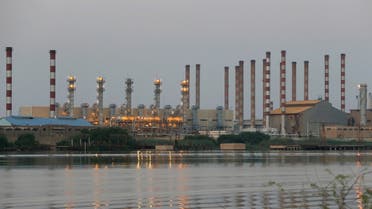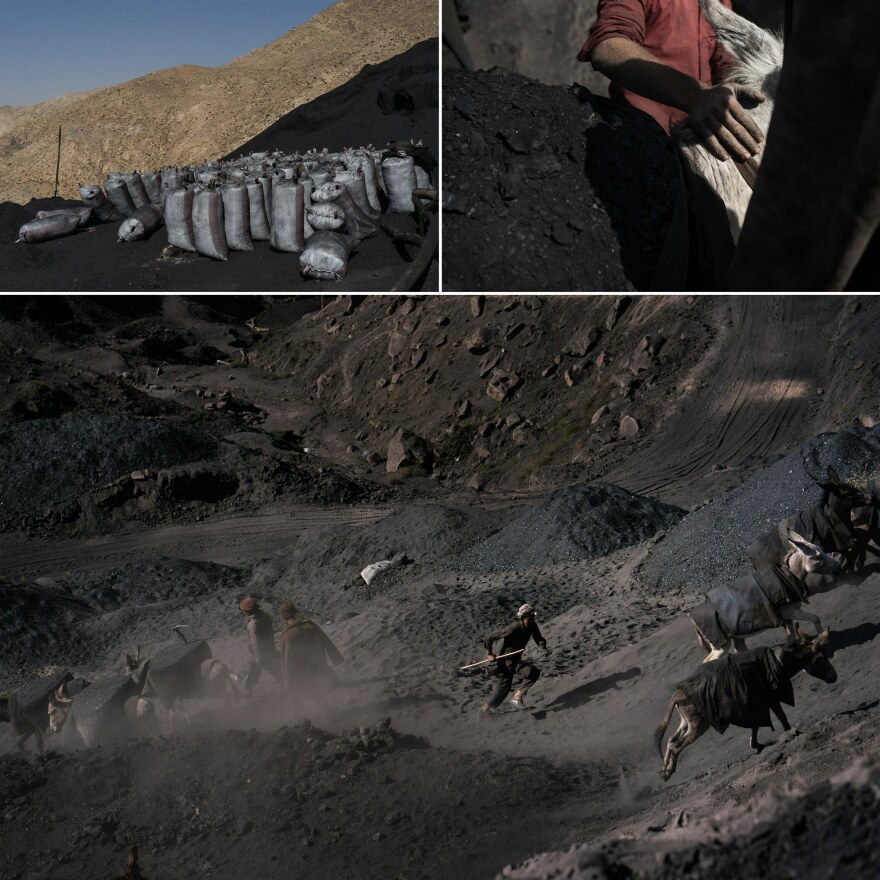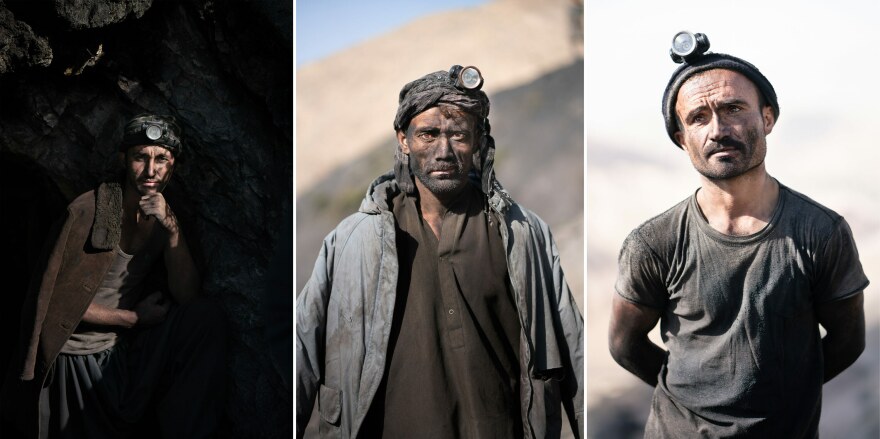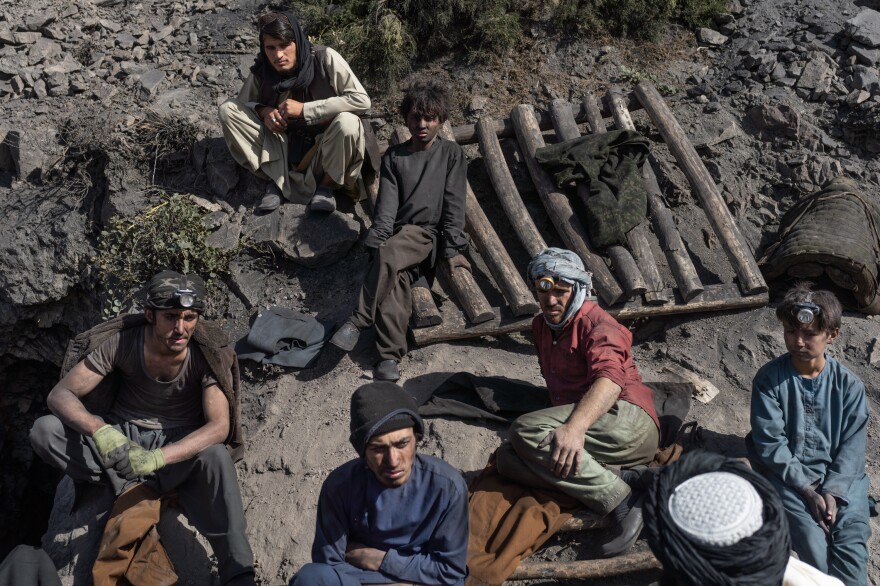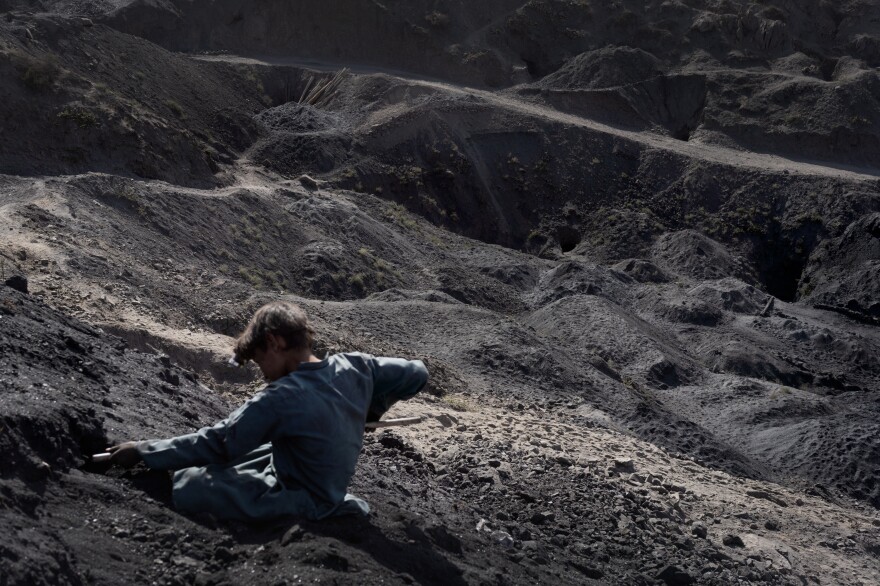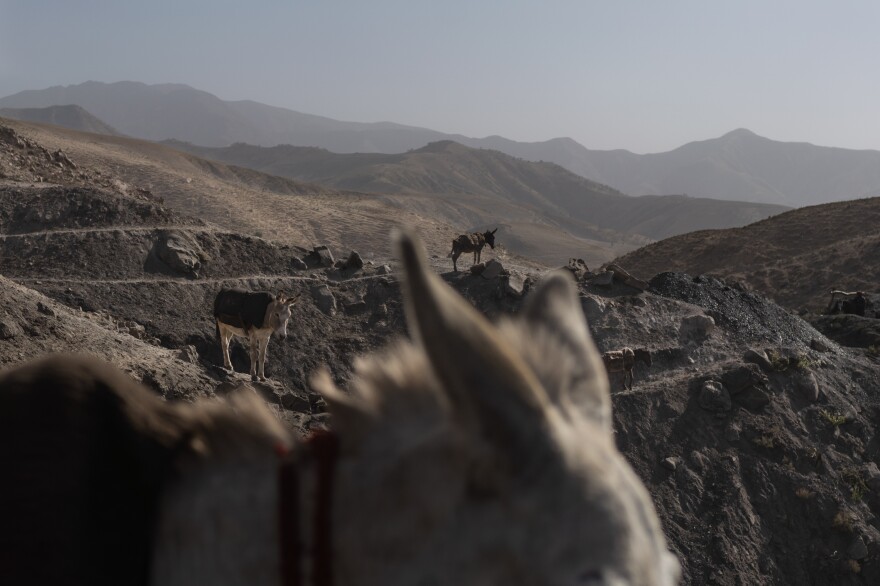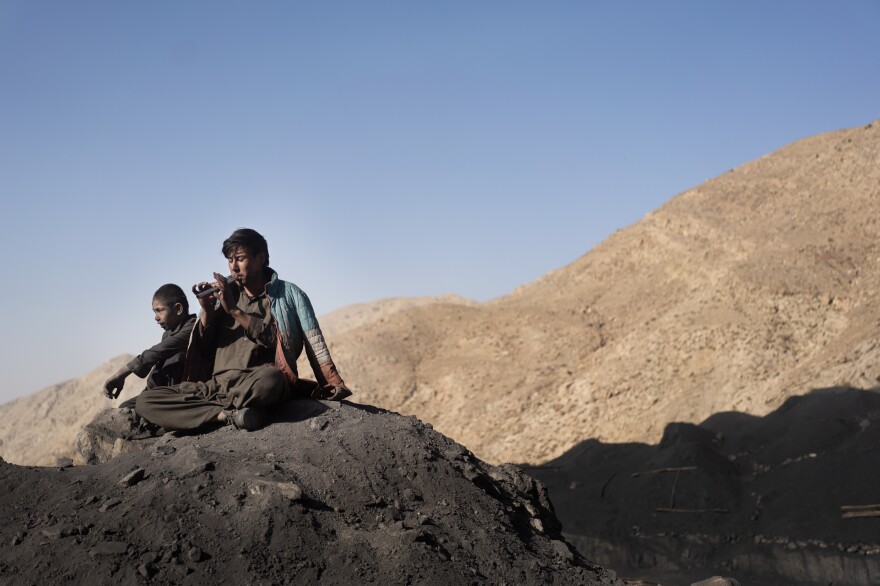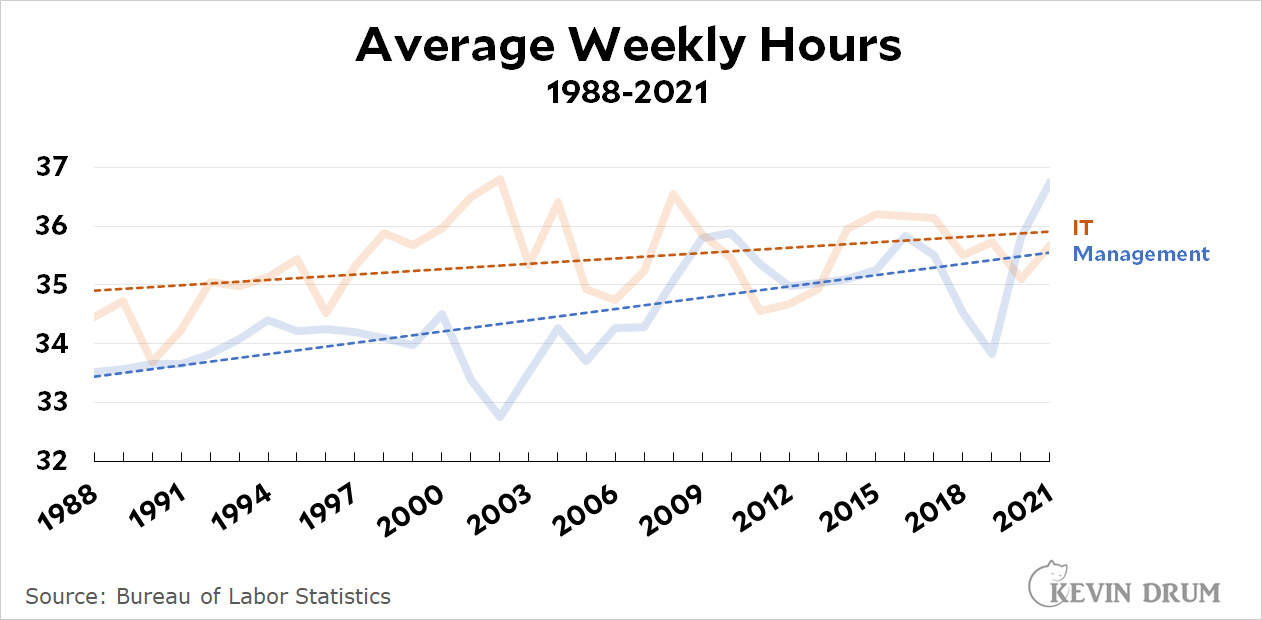I Do Not Know The Number Of Books, Essays I Have Written —Prof. Toyin Falola
•Turns 70 tomorrow
•Says without women’s contributions Africa won’t develop
INTERVIEW
By KEHINDE OYETIMI On Dec 31, 2022
https://tribuneonlineng.com/
Toyin Falola is one of Africa’s greatest historians. A professor in several universities, he is a Fellow of the Historical Society of Nigeria and of the Nigerian Academy of Letters, and has served as the president of the African Studies Association. He is currently the Jacob and Frances Sanger Mossiker Chair in the Humanities at the University of Texas at Austin. His research interest is African History since the 19th century in the tradition of the Ibadan School; his geographic areas of interest include Africa, Latin America and the United States; and his thematic fields include Atlantic history, diaspora and migration, empire and globalization, intellectual history, international relations, religion and culture. Falola is author and editor of more than two hundred books. In this interview woven around his 70th birthday, he takes KEHINDE OYETIMI on a tour of his world, scholarship, and humanity.
Is it true that you started caring for yourself at a young age? How old were you, and what were the contradictions foisted on you at that age?
Yes, it is true. I grew up in an environment where everything stands out as objects of knowledge transfer only if the individual is prepared to learn important things. People around you will educate you if you make yourself available. Events and activities can add to your knowledge only if you are discerning enough to learn. A polygamous family structure teaches you, for instance, that determination to achieve desired goals depends on what you make of it. In other words, you are educated through that marriage system alone, and in such a setting, indulgent child rearing is absent. For that reason, children who desire to achieve extraordinary results in their lives grow mentally from a young age, having the determination of go-getters. Such a background helps my resolve to take excellent care of myself in nearly all aspects of my existence.
I remember I was very young, and the world around me, even before my birth, had been shaped by several events, among which you would find the colonial imperialists expanding into the African continent. There was the misconception that people from polygamous backgrounds, for instance, are disposable to critical challenges that may potentially hamper the progress of polygamous products. In what would be discovered, the possibility of achieving success is heightened or shortened only when the individual is limited in their thinking and mindset. On the ideological front, such a mentality limits you as you already assume that success is unattainable. Meanwhile, you only need to be ready for the competition, which will help you improve yourself against what you were before. You are not in any competition with an individual; you are seeking to improve yourself, using yourself as the benchmark.
How did you do well at the University of Ife with limited resources?
I have always aspired to be the best I can be in all my endeavors. Every child dreams to achieve impressive results in life while growing up. However, following their goals and aspirations with the required zeal and determination is where serious-minded people are differentiated from others. I did not want to go to college, talk well of doing well. I tried my hands at masonry, and as a teenager, I had obtained diplomas in journalism and salesmanship as an external student at two institutions in London.
I was actually not conscious of the absence of a First-Class or Second Upper graduate before my time. It was not a time when A grades were awarded. What was important to me was the attainment of excellence so that there would be brighter opportunities for me to turn the events of my life around. History is an interesting course of study that demands extraordinary efforts from scholars to become well-known in their craft. Therefore, to gain an edge, I needed to do the unthinkable. To perform averagely is very easy; it does not require much effort from the students. But my interest was not limited to History. I grounded myself in Literature, Sociology, Philosophy, Religious Studies and Economics. Today, I follow the key ideas in eleven different fields.
However, average performance would most likely not lead one to the pathway to one’s relevance in life. In essence, I increased my dedication and study. During our time, we burned the midnight oil. We focused on our primary assignment as there was little distraction that could stand in the way of our progress. Sometimes I knew I was overworking myself in my desire to be the best. I knew I deserved some rest, just like many of my precious colleagues. But at the same time, I knew that the best time to relax was when one had achieved one’s goals. What one can do before that is re-evaluation of one’s journey. Otherwise, relaxation itself becomes distractive to one’s ambition. I understood, therefore, that the most appropriate time to relax was when I had achieved my goals.
But my way of relaxation in the university was more work! I attached myself to a Cartographer in Ibadan, learning how to make maps. And we travelled in northern Nigeria to sell those maps to schools. By the time I completed my degree, I had travelled to all the major cities in northern Nigeria. By 1976, I added the East to it. There is no major city in Nigeria that I have not travelled to.
Ibadan has many historical figures. Who among them would you consider your hero or heroine?
In all facets of human experience, one needs different philosophical and ideological approaches to excel. This means that what life throws at you determines how you respond. There are times when life knocks you down, testing your ability to confront challenges head-on. Sometimes, nature smiles at you, seeking to understand how you would embrace success or deal with failure. In these different experiences, it would be apparent that what is needed to deal decisively with these cases is not the same. In essence, we all need our different types in every situation so that it would be possible to be on top of the situation. What I am indirectly hinting at is that Ibadan, as you have conceded, has in its history, events, and contributions of outstanding values to the society, which at one point or the other has helped to push the society forward to the next level.
I found strength in the activities of all the great men and women whose very contributions have shaped us as a people. That Ibadan is not contested as an integral contributor to Yorùbá’s civilization is thus an attestation that it has produced exemplary individuals whose marks have continued to influence how we are perceived both locally and in the international community. For those who stood their ground in resisting predatory pressure, I found courage in their efforts. Their actions give me all the motivation I need to face my future with ultimate confidence. For those that initiated premier projects in the metropolis, I took the bragging rights from them to pursue my dream. In any case, these individuals all shape my life in different ways. They all make indelible marks in my career progression.
There is the belief about Efunsetan Aniwura that written history has not done justice to the person she actually was. It will be nice to hear your perspective on this matter, sir.
The beauty of academic engagements lies in the ability to come up with new findings with every season, evolution, and new scientific experience. In research, every generation or age may come with methodological skills developed through improved academic skills to evaluate areas that are either not given enough scientific appreciation or were weaned of satisfactory experiments. For this, it has become the norm to conduct intellectual activity on historical happenings using different mechanisms to get valid results. In essence, one would view experiences based on the specialization and specifications of research. For instance, an individual in literary writing could consider the glorious Efunsetan lifestyle, unpack the legions of Yorùbá folklore, legends, and tales and arrive at critical intellectual conclusions that are useful and required for the intellectual growth of the people. The same thing can be said of others in different academic fields. There lies the beauty of research.
But as a historian, we owe our professional audience the responsibility to paint issues the way they appeared to be so without giving in to the temptation of bloating the reality for provincial objectives. However, some things strike me about Efunsetan that I believe have not been exhaustively and satisfactorily explored. That the woman commanded a battalion of individuals among whom you will find slaves, soldiers, and economic instruments pinpoints the argument that females were not occupants of adjunct positions or auxiliary roles in the years of our forebears. In fact, the recency of that history indicates that gender inclusivity has been an integral part of African civilization for a long time. More than this, the story itself underpins the argument that women are courageous and confident and, by that nature, can control what happens in society with exemplary fervor. Such findings reveal why they are connected to the economy, politics, and spiritual lifestyle of their people.
You write all the time. Do you know how many books Toyin Falola has written, and what gives impetus to this output?
We should count in values not in objects. A character resume is far more valuable than a job resume. I appreciate this question because I understand it as a compliment. In every profession, the moment an individual stops in their track to calculate how much they have added and addressed in that line, fatigue is almost immediately around the corner. For the simple fact that they have done anything is enough to reduce how committed and energetic they are to the commitment. In a nutshell, you become affected one way or the other when you allow yourself to be invested in calculating how much you have done than doing something without ceasing until you are done with what you targeted. Apart from the ideological weakness that such an attitude brings to everyone seeking to achieve a goal, it also has proven not to be a good way for achievers. As a media professional, for instance, I am confident you can never have accurate figures of what you have published in your memory. I do not honestly know the number of books or essays that I have written or participated in, for I have dedicated myself to writing so much that I find nothing rewarding outside of that engagement except the comfort of my family and friends.
What have been the most remarkable moments of your teaching profession, especially in foreign universities outside Nigeria?
As a teacher outside of the continent, one thing that can never be unexpected is culture shock, especially when one finds oneself in countries with apparent ideological differences from one’s native country. In essence, everyone seeking to continue their professional career outside Nigeria already has in mind the expectations of varying social experience, political treatment, and even spiritual prospects. What cannot be overemphasized is that one would potentially do well because, while an individual does not choose their home country, countries of migration are, in most cases, chosen by them. The fact that my teachings have encouraged my students to learn more about Africa and, in some cases, take an increased interest in educating themselves about the world around them is a remarkable achievement that is added to the catalogue of my success in life. A teacher finds joy when their students are a success. He finds more fulfilment when these students use his intellectual productions as the compass with which they navigate their existence and for which they develop their minds. I have been fortunate to achieve success in these cases. Students feast on my educational services and get inspired to be like TF. That itself gives some level of fulfilment that money obviously cannot provide.
What have been the most challenging parts of your profession?
This question is ambiguous as I am caught between thinking about teaching as a profession or as my profession. But in any way you meant it, teaching has been a rigorous and exciting experience for me. Teaching in Nigeria, especially during our own time, comes with a social understanding that teachers are in loco parentis, which confers on them the responsibility to challenge students that are seen as morally deficient. This happens because teachers are seen as individuals who challenge every form of morally reprehensible engagement that would affect the collective society. However, that is not always the case in the environment I later found myself. In fact, students have more power than the teachers in many cases, and that became a source of caution for me when I came anew there. But with time, I mastered it and became carefully aware of what was expected of me and what was not so that I would not tarnish my image or that of my home country. Apart from this cultural difference, you must keep yourself updated as a teacher. Otherwise, the pace at which the system and education keep changing would leave you behind. This, therefore, requires continued education on the part of the teachers. You have limited time for everything and must spend it very judiciously.
For many, 70 presupposes retirement; many people at this stage dread old age. Do you have any fears?
I don’t have any fears. Every age comes with its legions of opportunities and challenges, and the surprises of the world are not reserved for the aged. We have mostly been inundated with fearful narratives that increase the trepidation of people in a certain age bracket rather than enjoy the moments and lead the best of life. Contrary to the general misconception that old age brings worries, isn’t it after the 70s that we begin to have time to ourselves? Is that not the period when we enjoy the companionship of our grandchildren and great-grandchildren? More importantly, that is when we take a permanent break from the work that has eaten much of our time, and in most cases, shown little results for it. I do not fear old age as I have already accustomed myself to the act and art of writing. I would have time to increase my research engagements at my will and also produce intellectual materials needed to enhance active educational engagements, policy making, and curriculum design, among other things. I find fulfillment in the understanding that I would become useful to people through the activities I would be engaged in. Conferences would continue, academic writing would not cease, and mentoring the younger ones would go on. All these experiences help to rekindle the spirit and redefine one’s purpose.
As a Nigerian/African who has worked decades in the West, what values of your African-ness have remained very dear to you, which in your estimation, are missing in these foreign countries of your employment?
Respect for elders remains one of the enduring legacies that Africa and Africanness have bequeathed to me. As thinking animals, respect for elders would be interpreted as respect for people because everyone would become an elder at the appropriate time. Africa taught me that being respectful towards others unlocks the door to openness, reliance, and trust in most cases. I have often been attracted to different kinds of individuals who are dumbfounded by my open-minded nature. They seek to collaborate with me on many occasions because they understand that they are safe around me and with me. Beyond being respectful, the traditional African culture encouraged accountability as accountability breeds responsibility. You must have a sense of responsibility towards your people before society considers you an asset.
Meanwhile, being accountable has aided my transformation in America. You will not win respect if you demonstrate a poor sense of accountability in previous experiences. I have a culture of being accountable, and that cannot be detached from my African roots. Once we understand how the lack of this behavior is affecting us today, we will make the necessary amendments.
Even at 70, you are a very handsome man, which leaves one to wonder how you have managed to navigate the world of women who gravitate towards brain and beauty. Let us in this world of yours.
No one has ever asked me this question before. I see beauty in all creations. And I warn people to look intelligent and not handsome. When God created the world, He made sufficient provision for those things that would beautify it. In this category, we would find nature, humans and non-humans. Without women, I cannot imagine how ordinary the world would be. You remember in one of Fagunwa’s novels, he created a city inhabited by only men, and yet another of only women. Both are dysfunctional.
Women are not objects of desire. I see them as friends, colleagues, and collaborators. I make no distinction between men and women as professionals. I rejoice in men who have done well, as I rejoice in women who have done well. Three of my favorite friends are current University Presidents. I am an adviser to one who is the current president in an African country. Another will soon announce her intention to run as president in another African country. Yet another one I know from the time she was a graduate student to the time that she became a Professor, Dr. Hauwa Yusuf of Kaduna State University, makes me proud all the time. A true Nigerian, totally detribalized, she just built the Center for Study and Resolution of Domestic Violence in Kaduna. She has demonstrated that what we do is far more important than what we say. All the conferences that I have organized in the last 30 years do not match this singular achievement by Professor Yusuf.
Without the contributions of women, Africa will not move forward. The three ideas that will move our continent forward is first, women empowerment; second, the recapitalization of the poor (the majority of who are women); third, community organizing that will let us create effective management at the lowest political units. The management of that lowest unit must be controlled by women.
How do you intend to face life after 70, any plans in particular?
Although I am a Christian, I love reading the Qu’ran. One noble passage, which I memorized, reminds us that “Every self will taste death. You will be paid your wages in full on the Day of Rising. Anyone who is distanced from the Fire and admitted to the Garden, has triumphed. The life of this world is only the enjoyment of delusion.” (Quran, 3:185)
We should not focus on the “enjoyment of delusion”! I have never been 70 before! So, I will lead the life that such an age brings. But more importantly, I will make myself available for humanitarian activities. This life is worthwhile when it is spent to affect the lives of others positively. I am a teacher. I am a professor in six universities, and my activities are intense. Teaching and research will continue. I am working on eight books at this time, and they will take me till the age of 75, insahallah.
https://plawiuk.blogspot.com/2022/12/falola-transcendental-academic-giant-at.html
